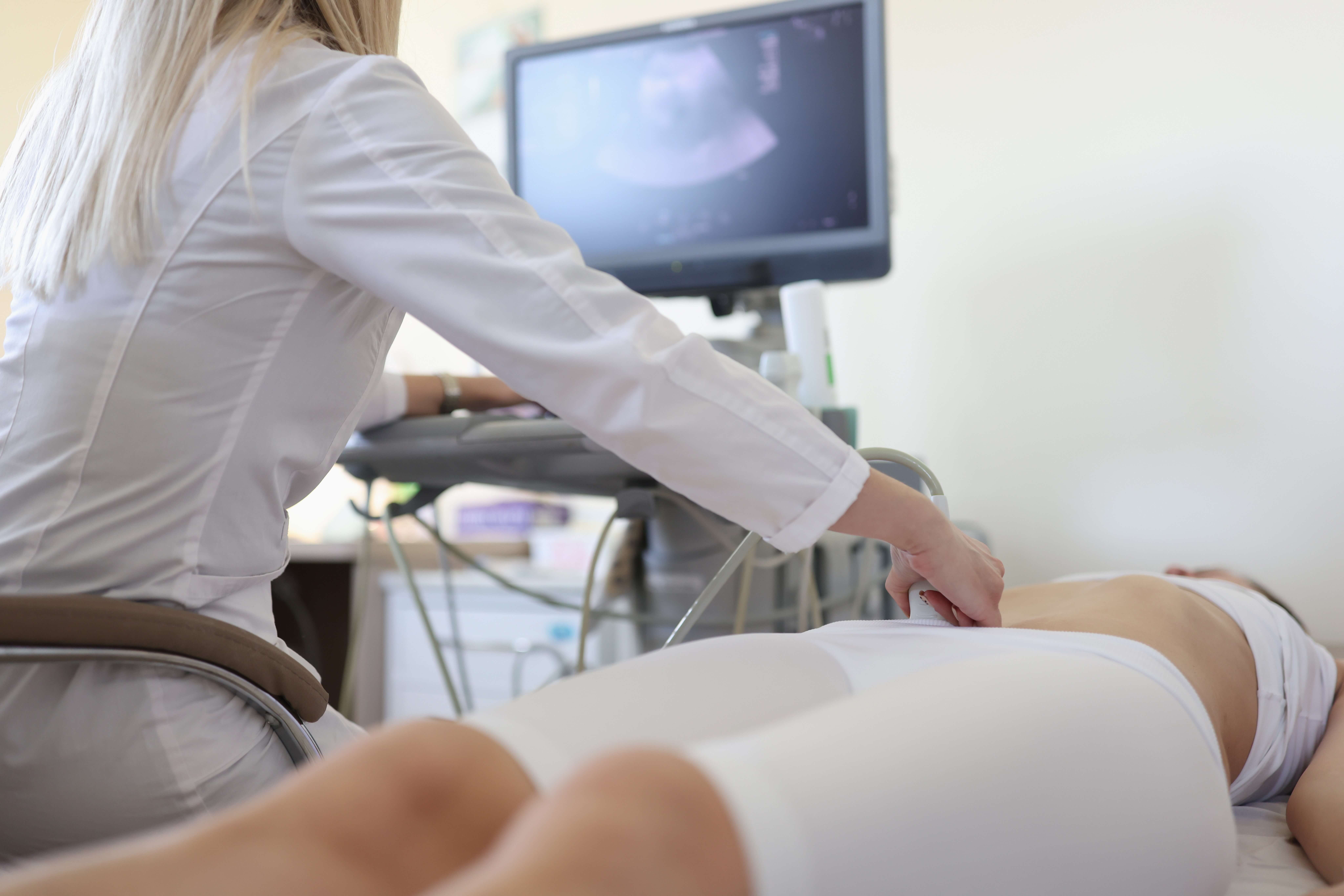Hysterectomy is the second most common surgery performed among women after Caesarean section. It is done to treat a variety of conditions including fibroids (benign tumours of the uterus), abnormally heavy menstrual bleeding, uterine prolapse, pelvic pain and cancer.
Understanding Hysterectomies
Hysterectomies are performed in several different ways. The traditional abdominal hysterectomy is done through a small incision through the lower abdomen. When a hysterectomy is performed in this manner the patient often experiences significant discomfort and the recuperation time is approximately six weeks. Vaginal and laparoscopic hysterectomies are far less invasive as they are performed using key-hole surgery, resulting in a much faster recovery time.
A laparoscopic supracervical hysterectomy (LSH) is a partial hysterectomy which removes only the uterus, leaving behind the cervix. While many women still opt for total hysterectomy, supracervical hysterectomies are becoming increasingly more common. The risks and benefits of leaving the cervix intact are the subject of ongoing debate and research.
Arguments For and Against Removing The Cervix
The first abdominal total hysterectomy was performed in 1929, before the introduction of regular Pap smear screening for cervical cancer and HPV. It was, therefore, essential to remove the potentially hazardous cervix. Since cervical screening has become routine, laparoscopic supracervical hysterectomies have become an acceptable form of surgery.
Removing the cervix at hysterectomy, however, remains a controversial issue and most surgeons still do not recommend it to their patients. The greatest argument against a laparoscopic supracervical hysterectomy lies in the retention of the cervix itself. Some specialists argue the cervix should remain in place to allow cervical screening for cancer, while others argue that the very presence of the cervix can place a woman at risk of developing cervical cancer.
How Is A Laparoscopic Supracervical Hysterectomy Performed?
A Laparoscopic supracervical hysterectomy is the least surgically invasive procedure available for removing the uterus.
At the outset, you will be administered anaesthetic depending on your overall health condition. Your surgeon then inserts a laparoscope (small camera) through a small abdominal incision to view the uterus and surrounding organs. Using fine instruments, he detaches the uterus from the cervix and removes it through one of the abdominal incisions. The incisions are then sutured and dressed.
Who Does Not Qualify For A Laparoscopic Supracervical Hysterectomy?
Most hysterectomies can be performed laparoscopically, although there are some limitations. The most common reason for not qualifying for this procedure is having a large uterus. If the uterus is larger than than 22 weeks in size, the top (fundus) of the uterus reaches above the level of the belly button.
When the laparoscopic camera is placed through the belly button to illuminate the pelvis and the uterus, the visualization is poor, and the laparoscopic access is difficult. In these circumstances a total abdominal hysterectomy is recommended instead of a laparoscopic hysterectomy based on patient surgical safety.
What Are The Advantages Of Having A Laparoscopic Supracervical Hysterectomy?
Quick Postoperative Recovery
Women who opt for a laparoscopic supracervical hysterectomy generally recover much faster, experience fewer urinary complications, retain sexual function and can continue to have cervical screenings for cancer. Patients usually only stay overnight in hospital and can return to normal activities in 2 -3 weeks.
Fewer Complications
Fewer surgical complications are associated with laparoscopic supracervical hysterectomies, including less blood loss, decreased risk of infection, and a decreased occurrence of postoperative adhesions.
Retaining Pelvic Support
The cervix plays an important role in maintaining the normal anatomical support of the pelvis. A laparoscopic supracervical hysterectomy does not disrupt the ligaments that support the cervix and the vagina and as a result, there is less chance of urinary incontinence and vaginal prolapse (the vagina falling down).
Retained Sexual Pleasure
There are varying opinions on whether removing the cervix affects sexual function. While one school of thought argues that there is no difference in sexual function between a supracervical hysterectomy and a total hysterectomy, others argue that the cervix, which has an abundance of nerves, plays an important role in sexual pleasure and orgasm.
Less Vaginal Dryness
Laparoscopic supracervical hysterectomies causes less vaginal dryness compared to other types of hysterectomies, as the glands of the cervix continue to secrete mucus.
What Are The Disadvantages Of Having A Laparoscopic Supracervical Hysterectomy?
Infections And Adhesions
Retaining the cervix can cause adhesions, infections, or cervical bleeding. If this occurs an additional procedure to remove the cervical stump is necessary.
Pelvic Muscle Weakness
As with other types of hysterectomies, a laparoscopic supracervical hysterectomy can result in weakness of the pelvic muscles and ligaments that support the vagina, bladder, and rectum.
Negative Emotional Wellbeing
It is important to consider a woman's personal feelings, cultural background, and self-image when deciding whether to remove the cervix. Removing the cervix can affect a woman emotionally and cause a sense of loss or an impaired self-image. Some studies show that women who had a laparoscopic supracervical hysterectomy felt less castrated than women who received a total hysterectomy.
Diminished Sexual Pleasure
There are varied opinions on whether the removal of the cervix affects sexual pleasure. Some studies report no difference between preoperative and post-hysterectomy sexual response, regardless of whether the cervix had been removed or not. Other studies suggest that women who retain their cervixes experience unimpaired sexual satisfaction.


 71–75 Shelton Street, Covent Garden, London, WC2H 9JQ
71–75 Shelton Street, Covent Garden, London, WC2H 9JQ +44 (0) 20 3376 1032
+44 (0) 20 3376 1032



